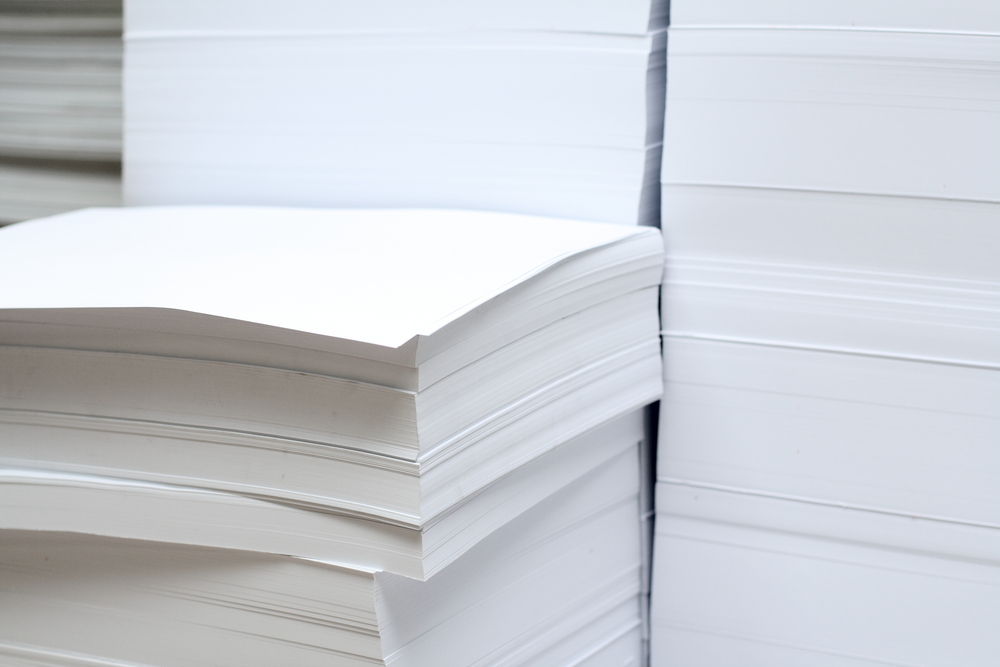Photo printer paper and writing paper may look similar at first glance, but there are actually several key differences between the two. A photo printer paper is specifically designed for printing high-quality photos, while writing paper is typically used for printing or writing text-based documents. Understanding these differences is important if you want to get the best results from your photo printing. In this introduction, we will explore the key differences between photo printer paper and writing paper.
Differences Between A Photo Printer Paper & Writing Paper
Writing Paper’s Surface Is Rough While Photo Paper Has A Smooth Finish
Writing paper typically has a rough surface texture, which helps to create friction for the pen or pencil and allows for better grip and control during writing. The rough surface also helps to prevent the ink from smudging or bleeding, making it ideal for text-based documents.
In contrast, photo paper has a smooth finish that allows for sharp and detailed printing of photos. The smooth surface of the photo paper ensures that ink droplets are distributed evenly on the paper, resulting in high-quality prints that look professional.
Writing Paper Absorbs More Ink Than Photo Printer
Writing paper is designed to absorb more ink than photo printer paper. This is because text-based documents require more ink for legibility, while photos need a precise amount of ink to create vibrant and accurate colors. If you were to print a photo on writing paper, the paper would absorb too much ink, causing the image to look smudged or blurred.
Photo Paper Has High GSM Than Writing Paper
GSM (grams per square meter) refers to the weight and thickness of paper. Photo paper has a higher GSM than writing paper, which makes it sturdier and less likely to curl or wrinkle. The higher GSM also gives photo paper a more premium feel, which is important when printing photos that are meant to be displayed or kept as keepsakes.
Writing paper, on the other hand, has a lower GSM to make it easier to handle and more affordable. The lower GSM also makes it more suitable for text-based documents, as it is easier to write on and handle.
Photo Paper’s Surface Absorbs Water Slower Than Writing Paper
Photo paper is specifically designed to resist water and moisture, making it an ideal choice for printing photos that may be exposed to environmental elements. Its surface is coated with a special layer that prevents water from seeping into the paper and causing the ink to bleed or smudge.
Writing paper, on the other hand, is not designed to resist water, and its surface can absorb moisture quickly. This can cause ink to smudge or bleed, making text-based documents difficult to read. Because photo paper absorbs water slower than writing paper, it ensures that prints retain their clarity and sharpness, even when exposed to moisture. This feature makes photo paper a must-have for printing high-quality, long-lasting photos.
Conclusion
The surface texture, ink absorption, GSM, and water resistance of writing paper and picture printer paper are different. To get the best possible outcome from your printing, it’s essential to select the proper kind of paper. We suggest visiting Lienè, a website that sells a choice of premium and user-friendly photo printers, if you’re seeking for a portable photo printer.
